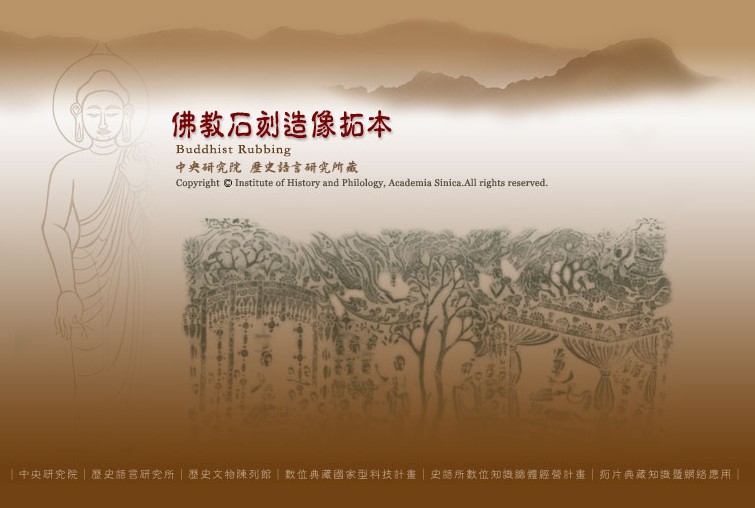  |
Bamboo and Wood (National Museum of History)
The National Museum of History houses a collection of 1,084 pieces of bamboo and wood artifacts, such as scholars’ desk and decorative objects, figurines of deities, ceremonial and musical instruments, objects of daily uses and production tools, wh... |
   |
Birds (National Museum of Natural History)
This project aims to establish a database of local bird specimens, and become a stronghold of avian studies in Taiwan. Current specimens span 18 orders, 70 families and 369 species, with a total of approximately 5,000 specimens; the systematic collec... |
  |
Book Collections on Taiwan under Japanese Rule, 1895-1945 (Academia Sinica)
Japanese old books are collected by Institute of Taiwan, previously held by Imperial Taiwan Library, Southern Materials Center and partly purchased from the Japanese professor of Taiwan university after the war, included books, periodicals, newspaper... |
  |
Bronze Rubbings collected in the Institute of History and Philology (Academia Sinica)
Institute of History and Philology of Academica Sinica collect over ten thousand bronze inscriptions. They are including exquisite overall rubbings and a large number of bronze inscriptions, both of which were bought by the former deceased president ... |
  |
Bronze ware (National Museum of History)
The collection of bronze ware in the National Museum of History, which has long been valued by archaeologists, were unearthed in Xinzheng, Hui County and Yinxu. Bronze can be used to make weapons for its sharpness; it can also be used to make ritual ... |
   |
Buddhist Rubbing collected in the Institute of History and Philology (Academia Sinica)
There are about 4000 pieces ink-rubbings of the Buddhism statues and steles in the collection. A majority of these rubbings are from Chinese provinces, such as Henan, Hebei, Shanxi, Shandong, Shaanxi, Sichuan and Gansu. These rubbings are dated from ... |